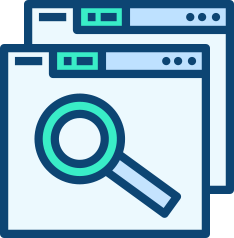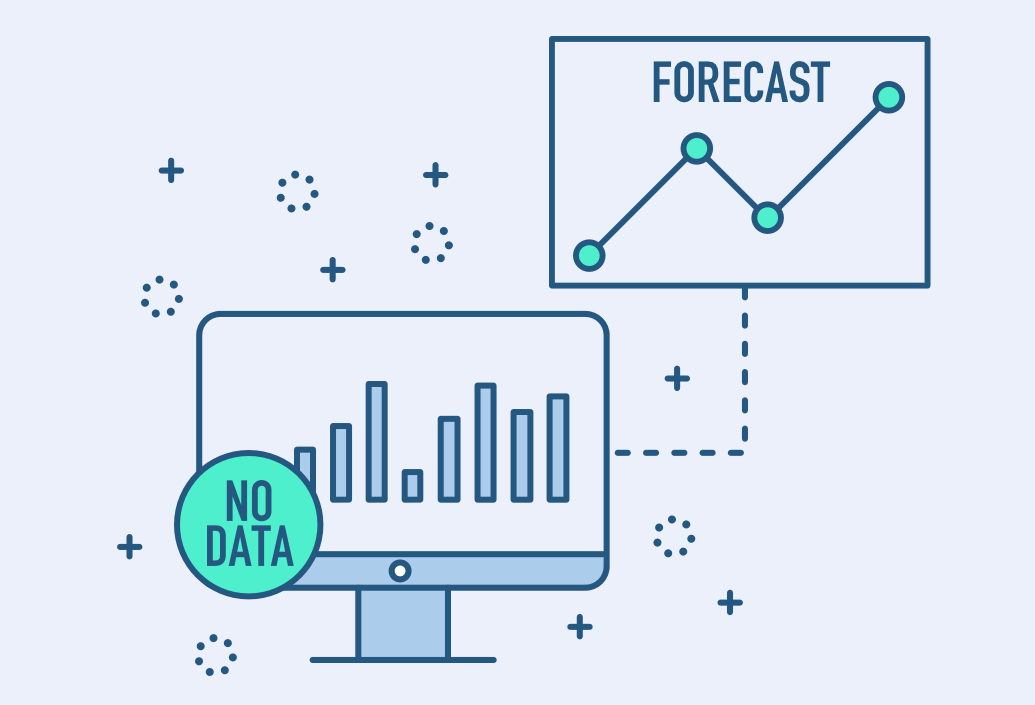Getting Started with NLP and Python for SEO [Webinar]
Custom Python scripts are much more customizable than Excel spreadsheets. This is good news for SEOs — this can lead to optimization opportunities and low-hanging fruit. One way you can use Python to uncover these opportunities is by pairing it with natural language processing. This way, you can match how your audience searches with your...
READ POST


